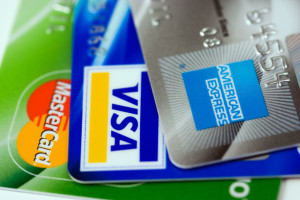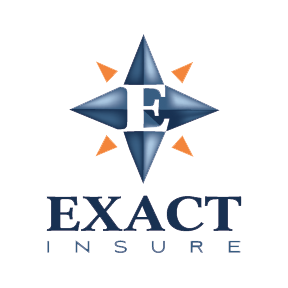30 Jan 8 Legal Tips to Help Prevent and Manage Credit Card Chargebacks
The following post is provided courtesy of LegalShield. The original article can be found here.
If your business accepts credit or debit cards you may have to deal with disputed charges, also known as chargebacks. Chargebacks were developed to protect consumers from fraud and defective products, but when misused the system can be costly for legitimate business owners. The following tips are designed to prevent chargebacks and help you prepare to challenge any that you may receive in error. If you need assistance dealing with a fraudulent chargeback call your LegalShield provider law firm.
1. Your Business Name
Consumers sometimes initiate chargebacks because they do not recognize the name of a business on their bank or credit card statement. Work with your merchant services provider to make sure your name is clear and recognizable to your customers. Avoid using acronyms or confusing abbreviations to identify your business.
2. Protect Against Fraud
Many chargebacks are initiated when a card is used fraudulently. When a customer makes a card payment in person, make sure they have the actual card with them. You may ask for photo ID to confirm the cardholder’s identity. You should always check to make sure the card is signed and that it matches the signature on the receipt. Use card ID numbers and address verification to confirm the identity of cardholders making online purchases.
with them. You may ask for photo ID to confirm the cardholder’s identity. You should always check to make sure the card is signed and that it matches the signature on the receipt. Use card ID numbers and address verification to confirm the identity of cardholders making online purchases.
3. Avoid Mistakes
Duplicate charges or accidental overcharging can also lead to chargebacks. Train your staff to properly utilize payment systems and how to identify and prevent common mistakes.
4. Open Communication
Make it easy for customers to reach you directly to discuss concerns or billing errors so they do not need to file a chargeback. Some businesses are difficult to reach and customers file chargebacks out of frustration. Always clearly list contact information on sales receipts and your website. Respond to emails and phone calls from customers promptly and professionally.
5. Invoices and Receipts
Any transaction you make should be clear to the customer. Confusion about the total amount charged can lead to chargebacks. Provide customers with a written invoice that shows the exact amount to be charged. Include shipping costs and sales tax on the invoice so the customer sees the full amount, as it will appear on their statement.
6. Payment and Return Policies
Confusion about return policies is another source of chargebacks. If your sales are made online, include your return policy on your website and have the customer check a box to acknowledge it has been read. You may also include the policy on sales confirmation emails or receipts. If you have a physical location, display the return and refund policy at the register. Have your LegalShield provider law firm review your return and refund policy to make sure it complies with the law.
7. Shipping Confirmation
In some cases scammers will claim they never received a package and file a fraudulent chargeback. Make sure you track everything you ship and utilize signature confirmation. This information will be useful for disputing fraudulent chargebacks.
8. Retain Documentation
Invoices, written communication and shipping information are vital to disputing chargebacks. Use the tools available through the credit card company or your merchant account to challenge erroneous chargebacks. Your documentation will make all of the difference. If you need additional legal assistance call your LegalShield provider law firm.
If you don’t have a LegalShield provider, contact Exact Insure today!
You may also find these articles interesting:







Sorry, the comment form is closed at this time.